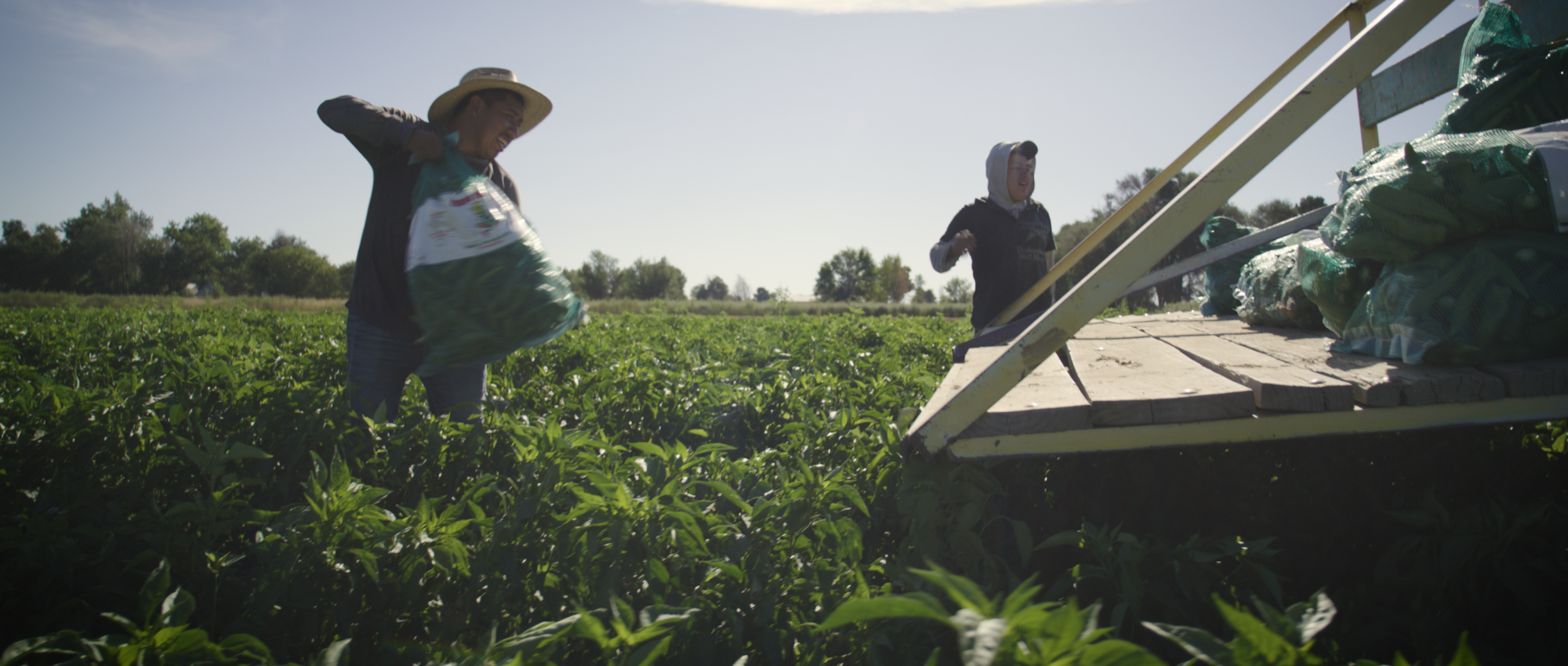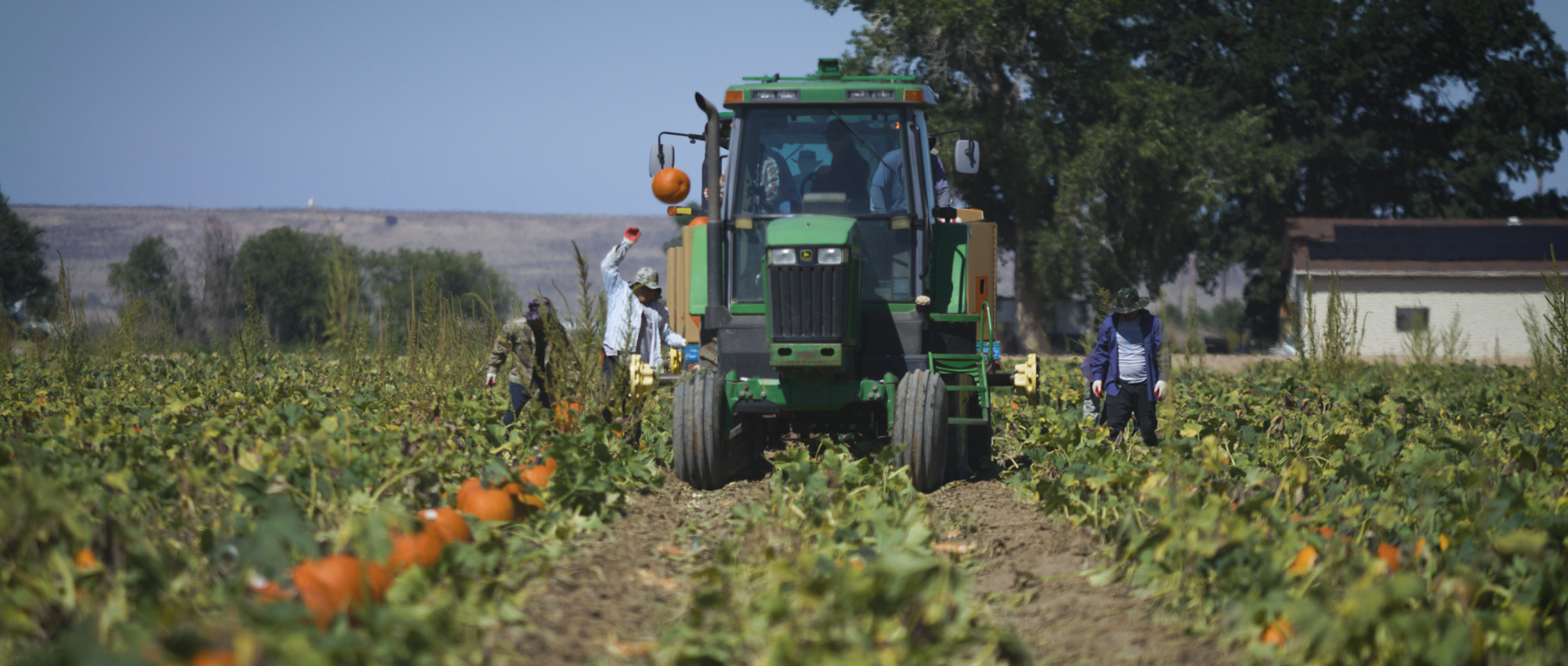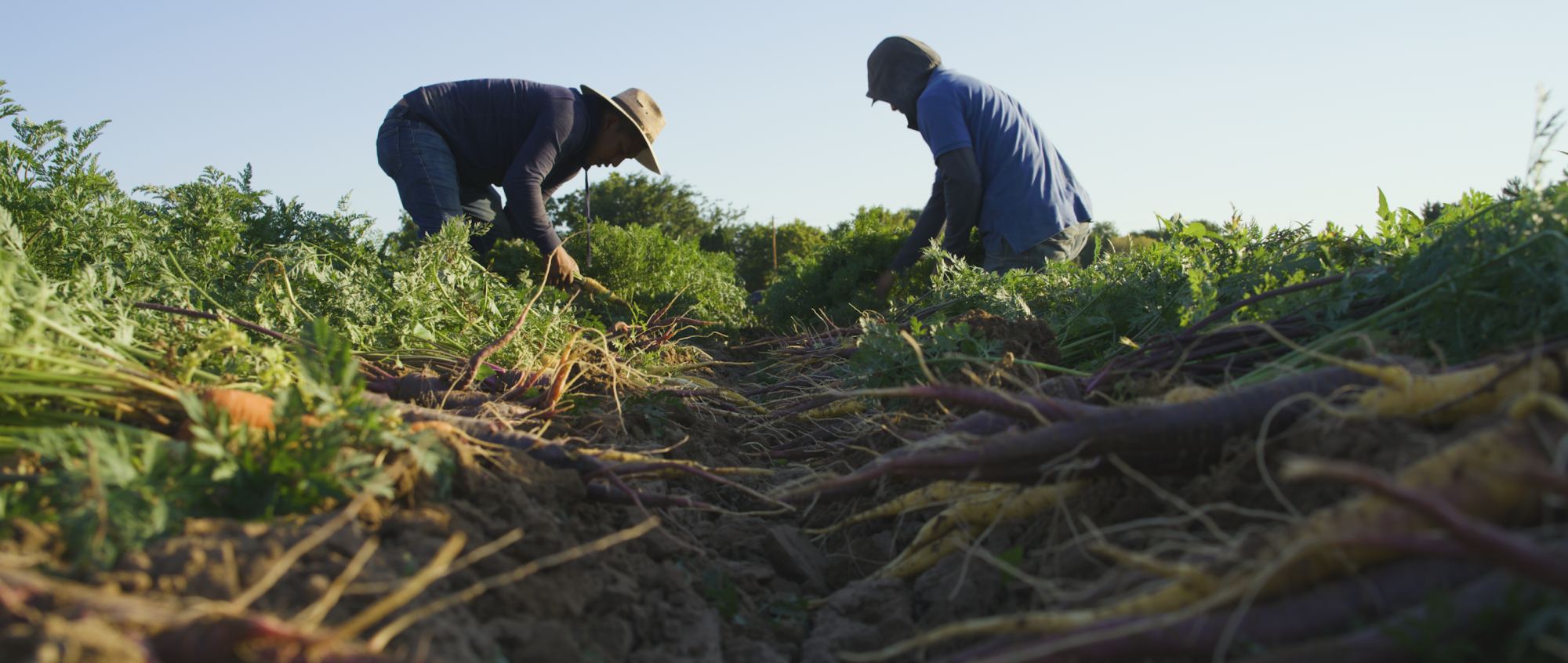Five Ways Local Farmers and Food Producers Help Mitigate Rising Food Prices
Back to blog feedSince the COVID pandemic, bringing home full bags of groceries has cost more and more. Although many factors have led to rising prices, a recent Forbes article entitled Why Your Groceries Are Still So Expensive analyzes significant increases in profits from several large food conglomerates over the past five years. Local farmers and food producers work tirelessly year after year to feed their communities, and now more than ever, they play a key role in combating rising food costs. By sourcing food locally, we can mitigate many factors driving up costs. Here are five ways local farmers and food producers help mitigate rising food prices.

1. Shorter Supply Chains
One of the primary advantages of local food production is the shorter supply chain. When food is grown and sold within the same region, it eliminates many intermediary steps, such as long-distance transportation, extensive warehousing, and complex distribution networks. This reduction in logistics not only cuts down on fuel and labor costs but also reduces the risk of supply chain disruptions. For example, local farmers can deliver produce directly to markets or consumers, ensuring a more stable and predictable food supply. Local producers can offer more competitive prices than their global counterparts by minimizing the number of hands food passes through.
2. Fresher Produce
Local farms provide fresher produce, which has numerous economic benefits. Since local produce doesn't need to travel long distances, it can be harvested at peak ripeness and delivered quickly to consumers. Fresher produce typically has a longer shelf life, reducing waste and spoilage costs. For consumers, this means getting more value for their money as the food stays fresh longer and retains more of its nutritional value. Fresher produce also translates to less need for preservatives and packaging, further reducing costs. By buying locally, consumers enjoy superior quality food at better prices.
southern colorado's FIRST local food guide
Download Palmer's user-friendly, comprehensive guide to local producers throughout southern Colorado. From Salida to Rocky Ford, this guide is your one-stop shop to discover farmers, ranchers, and markets where you can shop directly for your favorite in-season produce and products. This unique guide is chock full of content, including maps, history, producer features, recipe spotlights, fun facts, and more. Download a copy here, or find out where you can pick up a printed copy here.

3. Community Support
Supporting local farms strengthens community economies, creating a more resilient local food system less vulnerable to global economic shocks. When consumers spend money on local food, it circulates within the community, supporting local jobs, businesses, and services. This local economic activity can help stabilize prices by reducing dependence on imported goods and global market fluctuations. Moreover, local farms often participate in community events, farmers' markets, and local food programs, fostering a sense of community and mutual support. By investing in local agriculture, communities build a robust, self-sustaining economy that can better withstand external pressures.
4. Sustainable Practices
Many local farms engage in sustainable and regenerative agricultural practices, contributing to long-term price stability. Sustainable farming methods often result in higher yields and lower dependency on expensive synthetic inputs. Additionally, these practices can reduce the risk of crop failures due to extreme weather events, ensuring a more consistent produce supply. By prioritizing sustainability, local farmers not only protect the land but also help stabilize food prices over time.
5. Direct Relationships
Direct relationships between consumers and local producers foster transparency and trust, which can have a stabilizing effect on prices. When consumers buy directly from farmers, they gain a better understanding of the production costs and the challenges involved in food production. This transparency can lead to more informed purchasing decisions and a willingness to pay fair prices, supporting the financial viability of local farms. Direct sales channels, such as farmers' markets and community-supported agriculture (CSA) programs, allow farmers to receive a larger share of the retail price, improving their profitability and sustainability. By cutting out intermediaries, local farmers can offer consumers better prices while maintaining economic stability.

Local farmers and food producers are crucial in combating rising food prices. Through shorter supply chains, fresher produce, community support, sustainable practices, and direct relationships, they offer a tremendous value and alternative to the global food system. By supporting local agriculture, consumers can enjoy more affordable, high-quality food while contributing to a more resilient and sustainable food economy.
Since 1977, Palmer Land Conservancy has been championing the protection of southern Colorado’s land and water for the benefit of all people.
People like you have partnered with Palmer to protect local farms and ranches that provide the healthy food on our dinner plates.
Thanks to member support, Palmer has developed the expertise, relationships, and community trust to drive conservation efforts forward in Colorado. We have built a robust toolbox of voluntary conservation, technical planning, and legal solutions informed by landowners, water experts, and community partners to continue advancing the scale, pace, and importance of protecting land and water in Colorado.
But we can’t do it without members like you.
Your actions matter. Please join us by giving to Palmer Land Conservancy.
